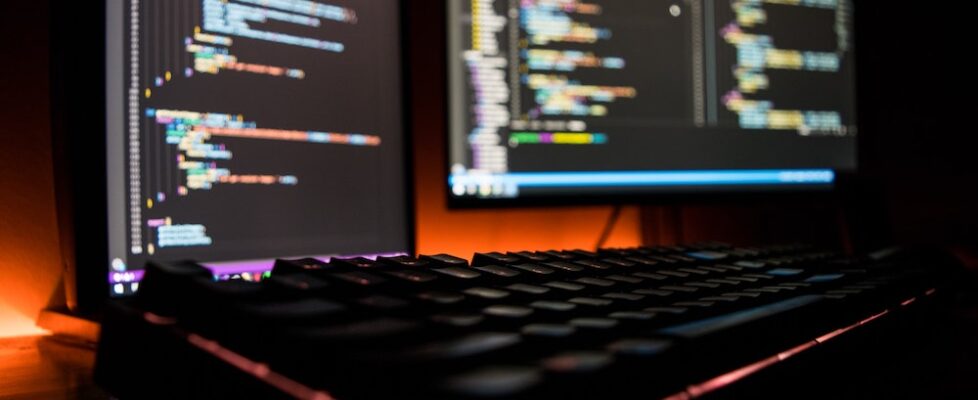Disagreements between OANDA and GAIN Capital on API source code remain
As the patent infringement lawsuit brought by OANDA against GAIN Capital, which is now owned by StoneX, continues at the New Jersey District Court, so do the disputes between the Forex brokers on the production of API source code. This is made evident by a prehearing statement submitted by OANDA on January 18, 2022.
First, let’s recall that in this action, OANDA accuses GAIN of infringing two patents, U.S. Patent Nos. 7,146,336 (“the ’366 patent”) and 8,392,311 (“the ’311 patent”).
On March 5, 2013, the United States Patent and Trademark Office issued United States Patent No. 8,392,311, entitled “Currency Trading System, Methods, and Software.” The ’311 Patent teaches, among other things:
In one aspect, the present invention comprises a system for trading currencies over a computer network. A preferred embodiment comprises: (a) a server front-end; (b) at least one database; (c) a transaction server; (d) a rate server; (e) a pricing engine; (f) an interest rate manager; (g) a trade manager; (h) a value at risk server; (i) a margin control manager; (j) a trading system monitor; and (k) a hedging engine. In another aspect, the present invention comprises methods for trading currency over a computer network. In another aspect, the present invention comprises software for currency trading over a computer network.
On December 5, 2006, the United States Patent and Trademark Office duly and legally issued United States Patent No. 7,146,336, entitled “Currency Trading System, Methods, and Software.”
The ʼ336 Patent teaches, among other things:
In one aspect, the present invention comprises a system for trading currencies over a computer network. A preferred embodiment comprises: (a) a server front-end; (b) at least one database; (c) a transaction server; (d) a rate server; (e) a pricing engine; (f) an interest rate manager; (g) a trade manager; (h) a value at risk server; (i) a margin control manager; (j) a trading system monitor; and (k) a hedging engine. In another aspect, the present invention comprises methods for trading currency over a computer network. In another aspect, the present invention comprises software for currency trading over a computer network.
As a part of the discovery process in this lawsuit, OANDA and GAIN have clashed over access to API source code.
According to the documents filed with the Court on January 18, 2022, OANDA has not received all of GAIN’s relevant source code and still awaits GAIN’s production of its API source code that, according to OANDA, GAIN has improperly maintained is not part of this case.
GAIN disagrees that OANDA is entitled to any backend API source code or that it is necessary or even needed to provide proper contentions as to the currently accused products.
GAIN claims that, despite having had access to GAIN’s technical documents since at least October 30, 2021, and GAIN’s source code for at least the current versions of the accused products since November 12, 2021, OANDA has not provided a chart identifying specifically where each limitation of each asserted claim is found within each accused instrumentality, as required by Local Patent Rule 3.1(c). GAIN claims that without these mandatory disclosures, it is unable to assess which claim terms are most relevant to OANDA’s allegations.
OANDA claims that the API portion of GAIN’s Forex.com source code is highly relevant because OANDA intends to use it to demonstrate to the jury how GAIN’s infringing Forex.com product works – e.g., by accepting client input and orders, transmitting those orders to the server via the APIs, and executing those orders on the servers.
GAIN disagrees and claims that the API handler source code sought by OANDA is the source code that in essence interprets and translates the API requests and commands so that GAIN’s systems can understand and respond to them. It is not the source code for the GAIN trading platforms (which has already been produced).





